4 Reasons Why You Should Engine Swap Your Off-Road Rig
Engine swaps can be a great way to improve your off-roader—or they can be a money pit of immense proportions. It all comes down to how you plan out and execute your engine replacement, but it also helps to understand why someone might undertake a project of this size and make major changes to how their vehicle left the factory.
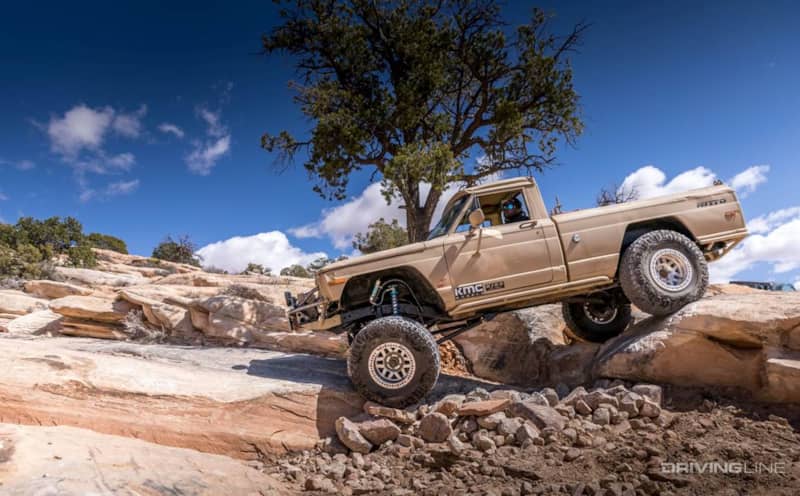
While there’s one very predictable reason as to why engine swaps are popular, it’s far from the only consideration that owners make when putting their truck or SUV under the knife. Here are 4 reasons why people say yes to the swap.
Power, Power, Power
One of the most common motives for off-road fans to consider an engine swap is nearly universal for gearheads of any stripe: an opportunity to put more power under the hood. This can be a particularly compelling draw for owners whose SUVs or trucks are a little older, and which haven’t benefited from the modern tidal wave of horsepower that has taken over the entire segment.
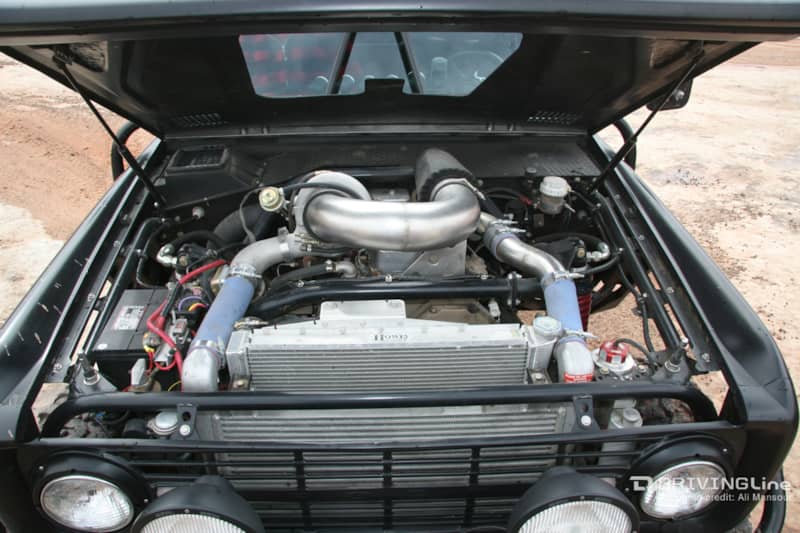
There’s an entire subset of trail fans who are wheeling four-cylinder Tacomas, first-generation Pathfinders, and pre-Pentastar Wranglers who hear the siren song of additional torque and find it hard to resist adding their own voice to the chorus. At the same time, classic sport-utility owners, eager to ditch their boat-anchor V8s for something with more potential, also give in to similar temptations.
Better Reliability
Power is really only one aspect of an off-road engine swap. Those same owners of older vehicles aren’t just looking to benefit from extra oomph under the right foot, but also the promise of a more reliable drivetrain that will hold up better to abuse when churning through mud or crawling over boulders.
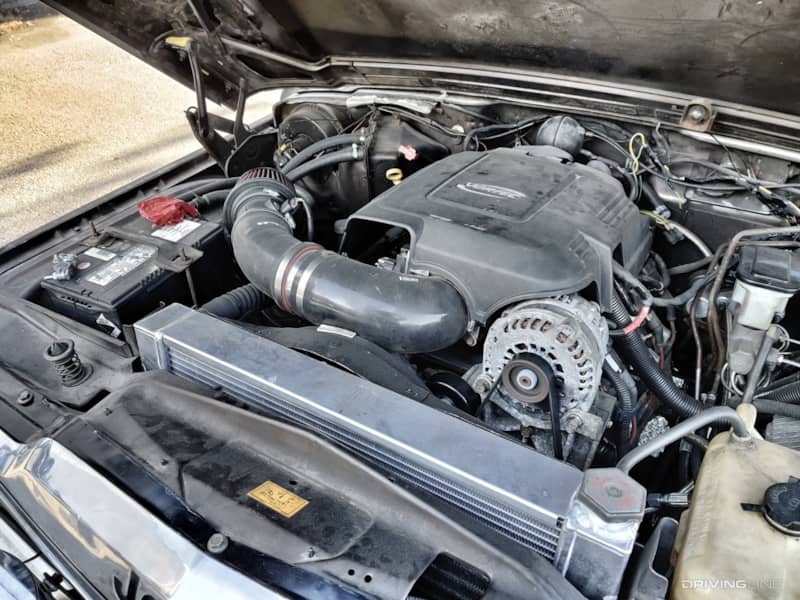
It’s hard to deny that modern fueling, ignition, and engine control systems have a leg-up over carburetors and more primitive EFI when it comes to dealing with the wide variety of altitude, weather and temperature conditions, along with the fluctuating performance requirements that are found in off-road driving. Easier to tune and less likely to fail under stress, a reliable rig that lets you have fun all weekend long is a lot more appealing than one that’s always in the shop (or getting towed back home).
More Affordable, And Available, Parts
The decision to move one engine out and stuff another one in can also be made by owners who are tired of having to track down rare drivetrain components whenever something breaks. While it can be a lot of fun to wheel with classic metal or something uncommon in the truck world, it’s always a hassle if the vehicle you’re driving is unusual to the point that when something goes wrong the search for replacement parts takes weeks.
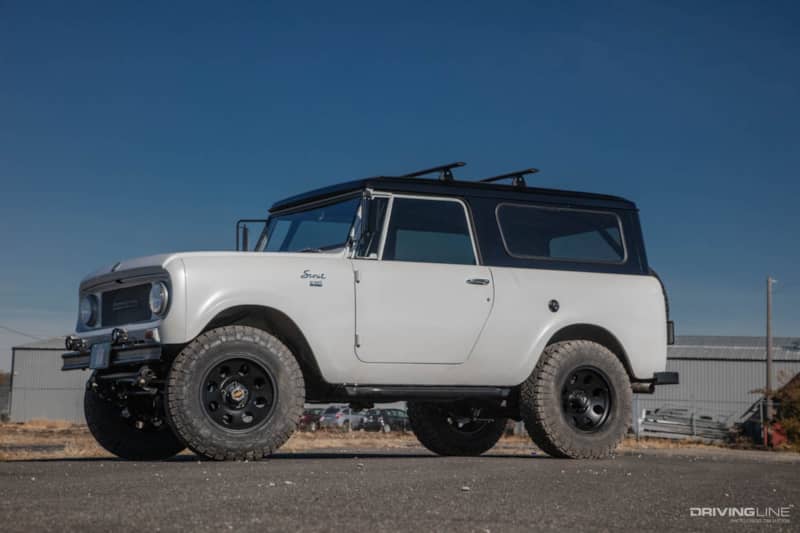
Moving to a more common engine—even if it’s not a modern one—is a clear solution to this kind of problem. Why are there so many small block Chevy swaps out there? Because the platform is well-understood, has been around for decades, and is served by an incredibly deep parts bin, both aftermarket and OEM. Parts are cheap, parts are plentiful, and the established knowledge base surrounding these engines ensures that there’s always someone who can help with a problem. Compare that to the maintenance issues faced by some classic Land Rover, or even Jeep owners, and the decision to swap becomes very understandable.
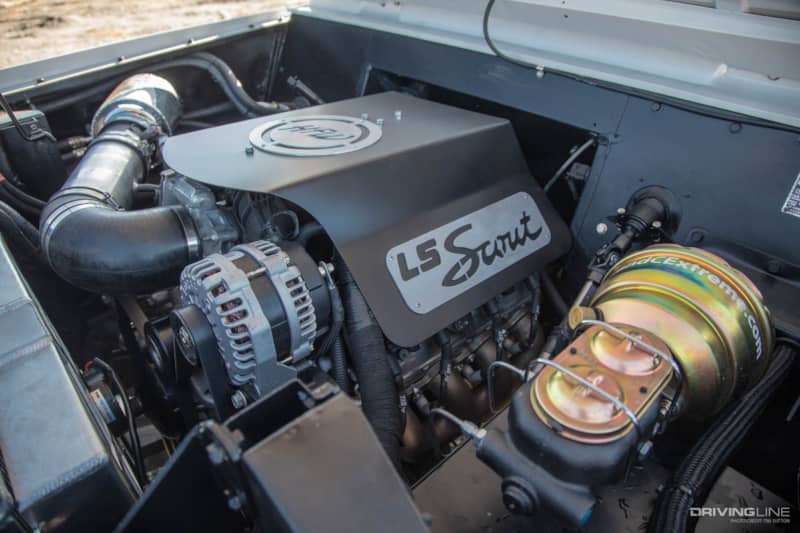
Then there’s the question of mods. Some platforms respond better to power adders and other upgrades than others, but if your engine happens to be particularly obscure, the number of aftermarket options for it might be few and far between. Chances are, too, if you run a rare rig then getting more performance out of its engine will cost you a substantial premium versus building a better-supported drivetrain.
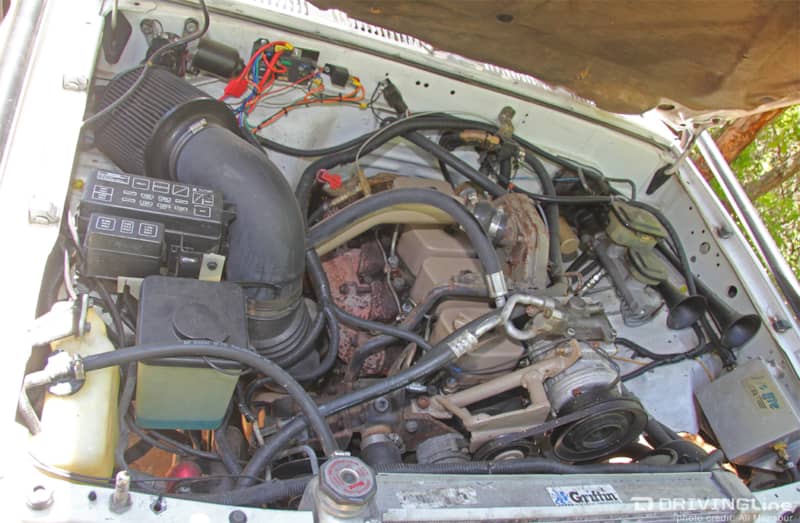
Swapping out an engine in order to benefit for more, better, and more affordable parts is a compelling reason to consider this kind of automotive transplant.
Increased Fuel Efficiency
No one’s looking to turn in 40 miles per gallon in their off-road machine. That being said, a more efficient engine is going to add miles, and hours, to the fun that can be had on any given trail before it’s time to turn around to refuel.
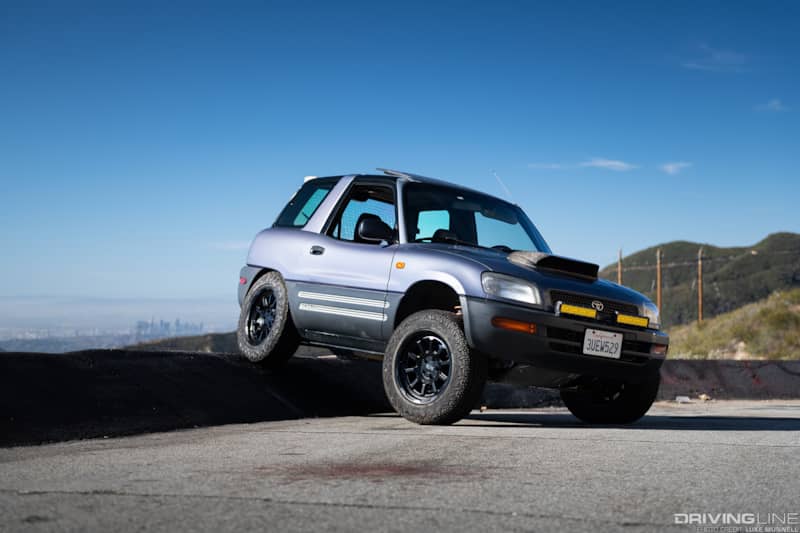
Circle back to reason number one as to why people go for an engine swap in their 4x4, and a clear picture begins to evolve. An early Jeep V8, for example, pales in comparison to a modern LS engine when it comes to both power and fuel economy. The idea of swapping in a drivetrain that can triple a vehicle’s output while doubling is fuel economy makes a lot of sense.







